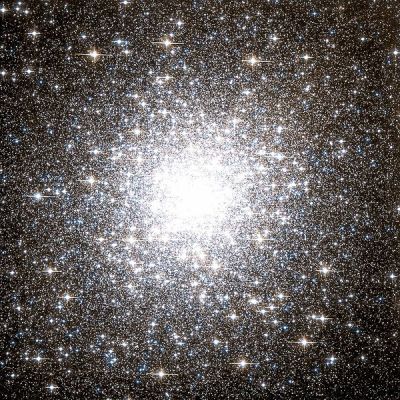Hello, just a few lines to let you know that the gclusters website (also known as Galactic Globular Clusters Database, GGC-DB) has been updated this morning. The present release is 11.12 “Herdest Ridge” (our codename being based upon Mike Oldfield discography, this supersedes the previous Ommadawn release), in which the most recent values of parameters has been loaded from the 2010 compilation of W.E. Harris (see this astro-ph for details on Harris 2010).
I thinks some words are needed to illustrate the details of the this release. You may already know that the 2o1o version of the Harris’ catalogue do present some modification, for what concerns the details of the listed parameters (more info at http://physwww.physics.mcmaster.ca/~harris/mwgc.ref ). Given that I had built the website of gclusters following closely the Harris’ 2003 release, I had to take a few decision during the update to the latest Harris catalogue.
After a lot of thinking (and some attempt..) I choose to follow this rationale:
– For the time being, no major modification have been done in gclusters, for that concerns the list of parameters to display (they mimiks closely Harris 2003, plus all the “bonus” of gclusters, i.e., bibliography, color magnitude diagrams, etc…)
– Where available, “old” values of parameters (Harris 2003) have been superseded by “new” values (Harris 2010)
– Columns not listed anymore by Harris 2010, are still present in gclusters, but their values has not been globally updated (there are some handpicked updates available, anyway: you may notice the red dot, here and there…)
– In the near future, some of the new columns choosen by Harris 2010, could be imported in gclusters as well.
If you are a user of gclusters, I strongly encourage you to let me know of any problem you may find with this new release (and/or any other feedback); this will help me a lot in giving a useful product to the community !
Meanwhile, do not forget to have a look at the early release of the VOGCLUSTERS web application, that you can find at http://dame.dsf.unina.it/vogclusters.html
Marco Castellani :: INAF – Rome Astronomical Observatory



